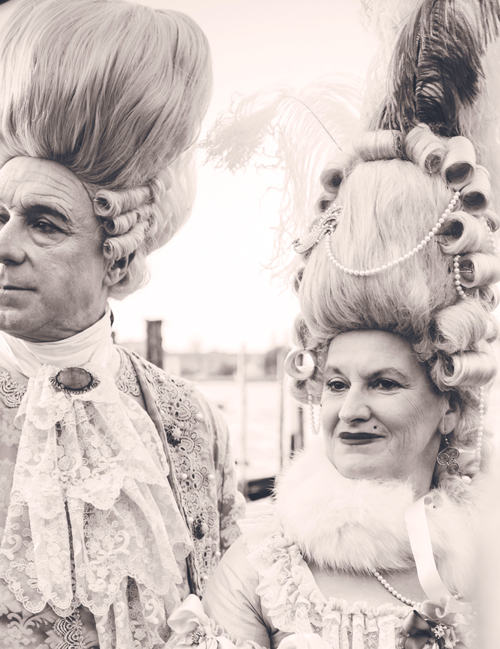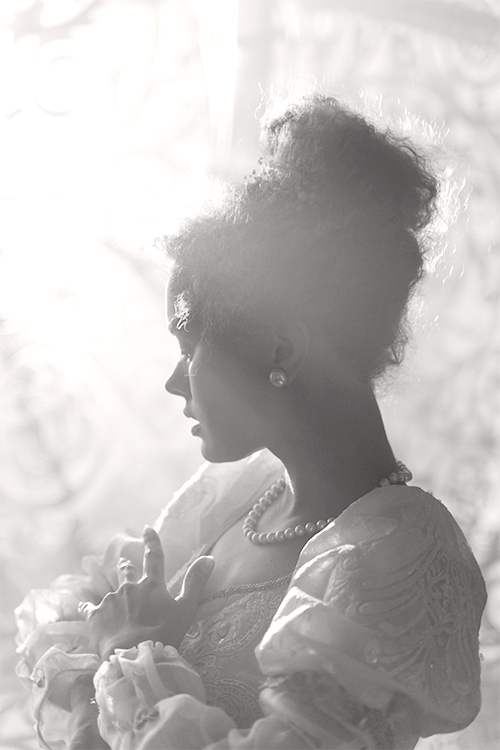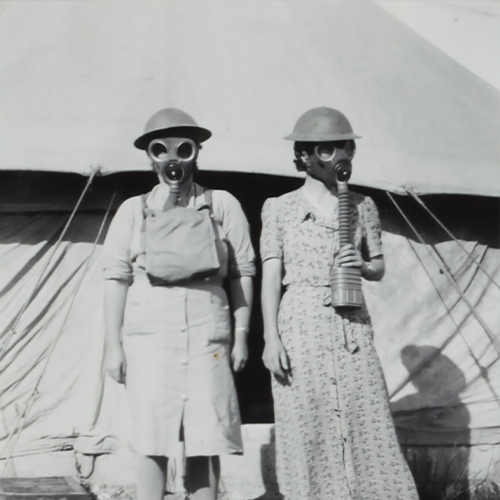We have all heard the saying “beauty is pain”, but it seems as though our predecessors in the cosmetic industry took this mantra a lot further than simply enduring hours in the salon chair or suffering through waxing appointments.
This #SpookyBusiness list guides you through some of the peculiar (or downright terrifying) beauty practices that were common in the past.

Powdered wigs, or perukes, were an extremely popular accessory among European men and women from the 16th-18th century. Considered a status symbol, wealthy individuals often owned perukes made of human hair- though this frequently led to concerns as to who the hair previously belonged to, many were afraid that they were donning the tresses of criminals, prostitutes, or plague victims.
After learning how the wigs were constructed, we think the origin of the hair should have been the least of the owners worries.
Pompom, or pomade, was applied to the wig before it was powdered. Pomade often consisted of up to two pounds of sheep or pig fat and over a dozen boiled apples. Herbs and oils were often added to this mixture to reduce the smell of rotting that occurred between visits to the hairdresser. Perukes that were not properly maintained attracted pests like lice, mice, and rats.
Can you imagine these creepy critters making a home in your hairpiece? Yikes.



Extreme beauty standards are a well documented facet of the Victorian Era, and Harper Bazaar’s 18th century beauty column The Ugly Girl Papers offers an intimate view at what practices were encouraged. The Ugly Girl Papers recommended that women apply mercury to their skin to improve the appearance of blemishes, discolouration, or even dry lips.
Women were advised to mix mercury with lard and rub it across their eyes for full, lengthy eyelashes.
Many cosmetic recipes that included mercury were promoted as “homemade remedies”, encouraging women to mix mercury and other poisons or chemicals in their own home. This is a DIY trend that we will be avoiding at all costs.

Lead-based lotion and creams were extremely popular throughout 16th century Europe, often slathered onto users face and bodies with the hope of lightening their skin. Light skin was associated with aristocracy, as it meant one did not have to labour outdoors or expose themselves to the sun. Venetian Ceruse, a cream composed of lead, water, and vinegar, was the most sought-after beauty product of the 16th century.

Venetian Ceruse had a list of devoted, regal fans that included Queen Elizabeth I and socialite Maria Coventry, the Countess of Coventry. Queen Elizabeth I was known for her extremely pale complexion, but many believe that her vanity may have subsequently played a role in her death through repeated exposure to lead. Some women recognized the dangers of lead and used it to their advantage- around 1630 Giulia Tofana began selling Aqua Tofana, a lead-based poison designed to look like makeup, which was often sold to women who wished to murder their husbands.

Before being renowned for its ability to improve one’s complexion, arsenic was initially ingested as a remedy for malaria and cholera. Arsenic dilates the capillaries of those who dare to ingest it, leading to a temporary flushing of one’s cheeks, skin that pales to the point of appearing “translucent”, and an increased level of energy.
Around the mid 18th century, companies across Europe began recognizing the increased public interest in cosmetic arsenic.
Products like “Dr. James P. Campbell’s Safe Arsenic Cosmetic Wafers” and “Dr. MacKenzie’s improved arsenic soap”. Arsenic was a known irritant, and had even been linked to multiple deaths, yet skincare and soap that contained the deadly ingredient remained on the marked until the late 19th century. In their pursuit for a “killer complexion”, many consumers were destroying the red blood cells that lay below their skin.



In 1911, world-renowned hair stylist and entrepreneur Helen Cavendish launched a series of cosmetic products that boasted the radioactive element Radium as one of the main selling points. In the early 19th century, Radium was believed to cause a small amount of stress to biological organisms, which in turn triggered a train of bodily reactions that resulted in improved joint movement, a boosted immune system, and improved circulation.
Cavendish’s products, which included a facial cream and multiple hair products, were made with radium water and herbs. Cavendish’s stellar reputation and large client base made the line an instant success.





